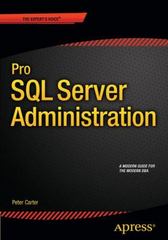Question
Write a dynamic programming algorithm to solve the longest increasing subsequence (LIS) problem. You are given an array A of n integers. An increasing subsequence
Write a dynamic programming algorithm to solve the longest increasing subsequence (LIS) problem. You are given an array A of n integers. An increasing subsequence is a sequence of k indices 0 i1 < i2 < . . . < ik (n 1) such that A[i1] < A[i2] < . . . < A[ik]. Thus, given an array A, you are to compute an increasing subsequence i1, . . . , ik whose length k is the longest possible. Example: A = [1, 5, 2, 3, 8]. The longest increasing subsequence has length 4 with corresponding indices i = [0, 2, 3, 4]. Lets define the function LIS(A, j, M) to be length of the LIS for the first j elements of the array (A[0], . . . , A[j 1]), where j ranges from 0 to n and all elements of this subsequence are less than M.
a) For A = [1, 5, 2, 3, 8], write down the values of LIS(A, 4, 3) and LIS(A, 5, ).
b) Write down the base case for LIS(A, 0, M).
c) Write down the recurrence for LIS(A, j, M) for any 1 j n.
d) Describe a scheme to memoize the recurrence LIS above.
Step by Step Solution
There are 3 Steps involved in it
Step: 1

Get Instant Access to Expert-Tailored Solutions
See step-by-step solutions with expert insights and AI powered tools for academic success
Step: 2

Step: 3

Ace Your Homework with AI
Get the answers you need in no time with our AI-driven, step-by-step assistance
Get Started


